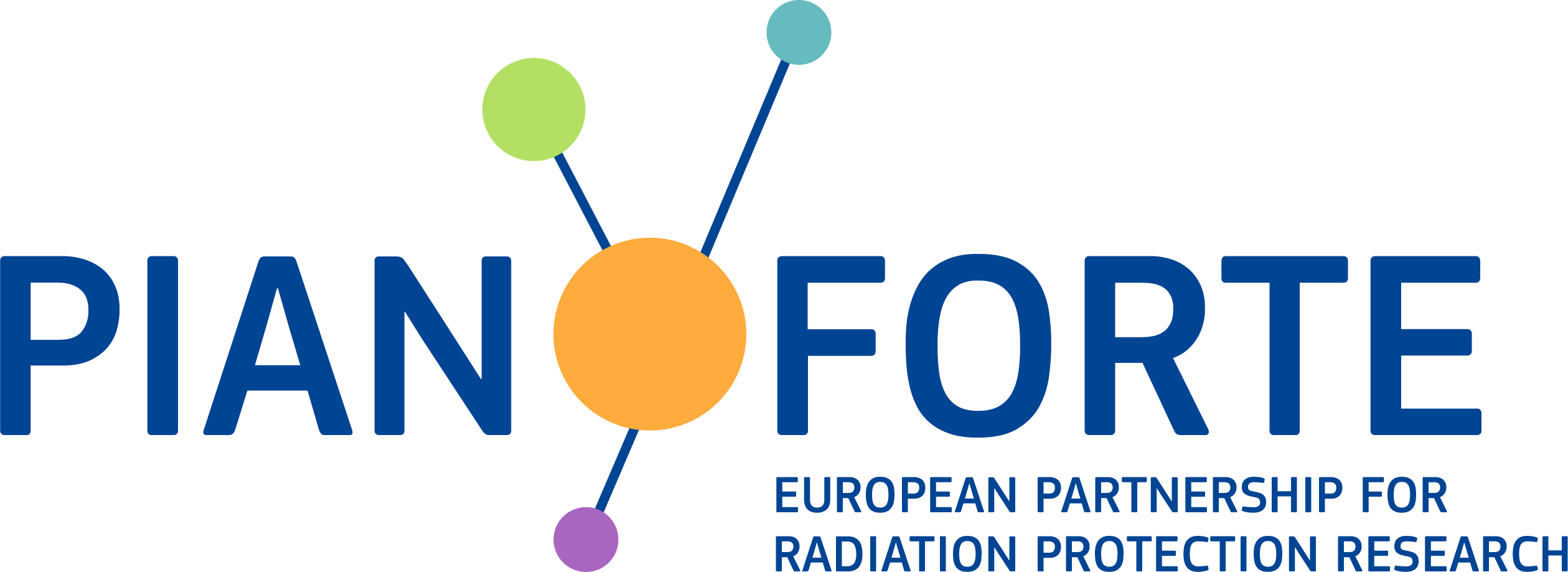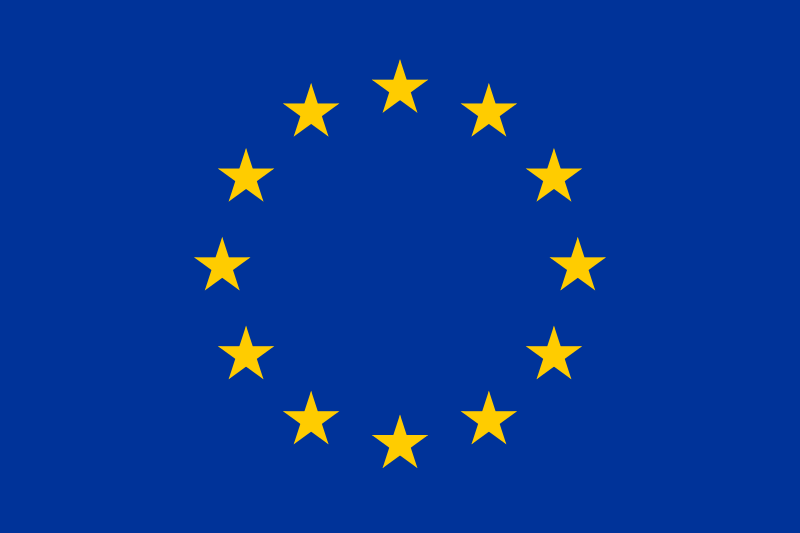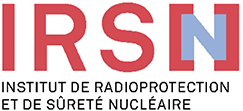This task’s mission is to carry out the activities outlined in the stakeholder engagement plan (SEP), such as an e-survey, online public consultations and meetings throughout the tasks of this WP, the other integration work with packages and the R&I projects within PIANOFORTE. This is the third pillar of PIANOFORTE’s external stakeholder interaction: topical, directed online interaction organized by a central professional agency and guided and led by PIANOFORTE’s members.
The main objectives of the task are to map needs, interest and potential impacts of identified stakeholders, establish specific stakeholder networks (depending on defined criteria e.g., topical, regional stakeholders networks, and in contrast to the already existing stakeholder networks identified in task 3.1) and to engage them, through various tools and events, in order to gain information on their opinions, needs, requirements related to the Partnership activities of importance for (a) research priorities, and (b) update of the existing SRA and JRM for radiation protection or other, community-relevant outputs of the project. Direct engagement activities in the form of pro-active interactions and innovative participatory processes will be organized for networks of stakeholders according to the SEP (developed in Task 3.3). Practically, once a prioritization process is started by WP2, this task will organize direct online consultations with the subset of groups that are the most affected by this specific calls. These meetings will be organized centrally and be run online to allow a wide participation from all member states throughout the partnership.
Lead: DSA, Partners: BfS, CIEMAT, EK, SCK CEN, IRSN, CEPN, CEA, ISS, IST, EIMV, EEAE, NMBU, NRG, GIG, UTartu

 Subtask 3.4.1 Stakeholder mapping and establishing stakeholder networks for direct engagement
Subtask 3.4.1 Stakeholder mapping and establishing stakeholder networks for direct engagement
Not all stakeholders will have the same interest level nor will be affected by the same impacts, and classifying them according to the predefined criteria will make managing communication issues and their inputs easier.
Therefore, once identified in the previous tasks, stakeholders will be mapped according to the developed mapping criteria matrix, which may include stakeholder main interest, but also consideration of the research priority outcomes and lessons learned from the EJP CONCERT, transdisciplinary aspects and existing interfaces between radiation protection of the human health and the environment.
Based on results of mapping, smaller network groups of target stakeholder groups will be organized to allow for more efficient communication. National contact points will be assigned to facilitate the involvement of national and/or local stakeholders from the different European countries.

 Subtask 3.4.2 Direct stakeholder engagement – e-survey
Subtask 3.4.2 Direct stakeholder engagement – e-survey
During the EJP CONCERT, radiation risk perception and attitude towards the different radiation protection issues have been explored in the wide range of public groups through a public survey on different national languages. While the survey results showed a reasonable level of public satisfaction with the available information regarding radiation risk, there has been clearly shown a potential for improvement of the main radiological protection concepts understanding as well as potential for training, further risk communication and stakeholder engagement in the knowledge creation and dissemination. Therefore, an e-survey, dedicated to exploring these specific questions within the area of general radiation protection and possible public knowledge improvements is foreseen within this partnership. A thorough analysis of the results of the previous specific stakeholder panels and public surveys will be done in order to define priority questions to be explored.
This e-survey will aim to advertise PIANOFORTE partnership to the wider stakeholder community in early months of the partnership. In parallel, it will allow gaining insights on changing stakeholders’ opinions about topics that potentially should be priorities in radiation protection, and relating them to the topics for R&I calls coming later in the partnerships course.
The survey is foreseen as a smaller scale, English language-based follow-up of the one done in the EJP CONCERT. It will be organized in the first months of the partnership, as a one-time activity and not as a part of the stakeholder engagement that will be done for all R&I calls in the partnership.

 Subtask 3.4.3 Direct stakeholder engagement - topical online consultations and meetings
Subtask 3.4.3 Direct stakeholder engagement - topical online consultations and meetings
A series of up to ten topical online consultation meetings with the different identified stakeholder groups will be organised, where expectations of end-users’ participation in this partnership, their views on research priorities within PIANOFORTE, and input on SRAs and JRM of radiation protection research will be regularly discussed throughout the partnership course.
Given the European focus on sustainability, these consultations will be organized online, consisting of pre-meeting target group surveys (small size), followed by related online discussions of expert group and wider audience, and post meeting result analysis. Stakeholder input from these meetings will then be communicated to WP2 as input to the process of research topics prioritization before each R&I call.
Two online meetings per R&I call are envisioned to focus on relevant target groups, depending on the overall direction the R&I calls take. The calls should be centrally organized and handled throughout the project to guarantee homogenous quality. Another opportunity for these target group online consultations is the update of the JRM or relevant activities in other integration work packages.






 Task 3.1 International partners and partnership priority setting
Task 3.1 International partners and partnership priority setting

